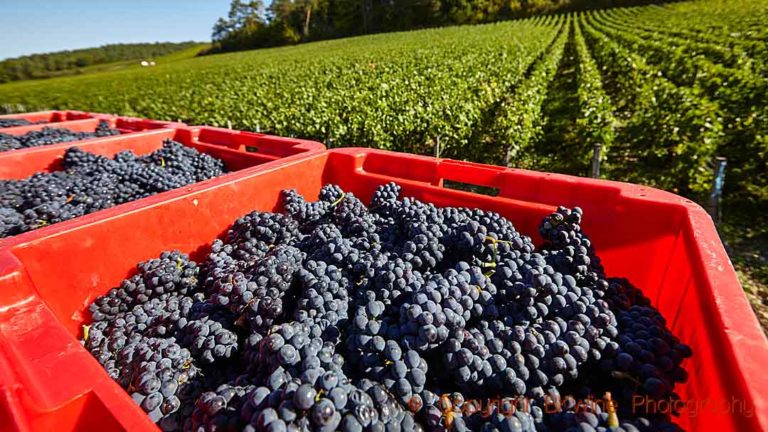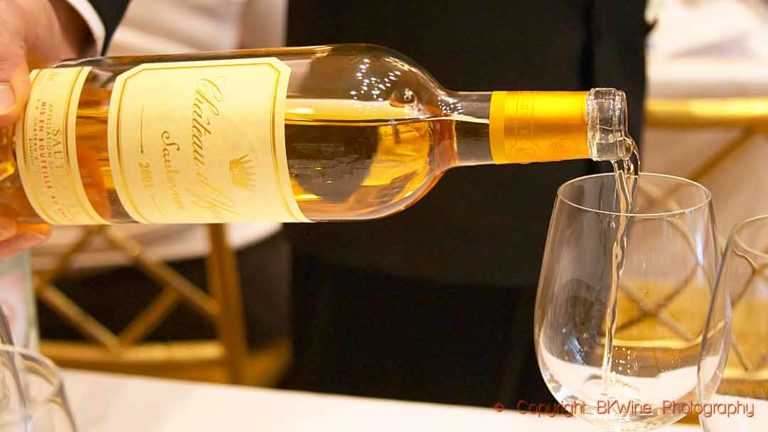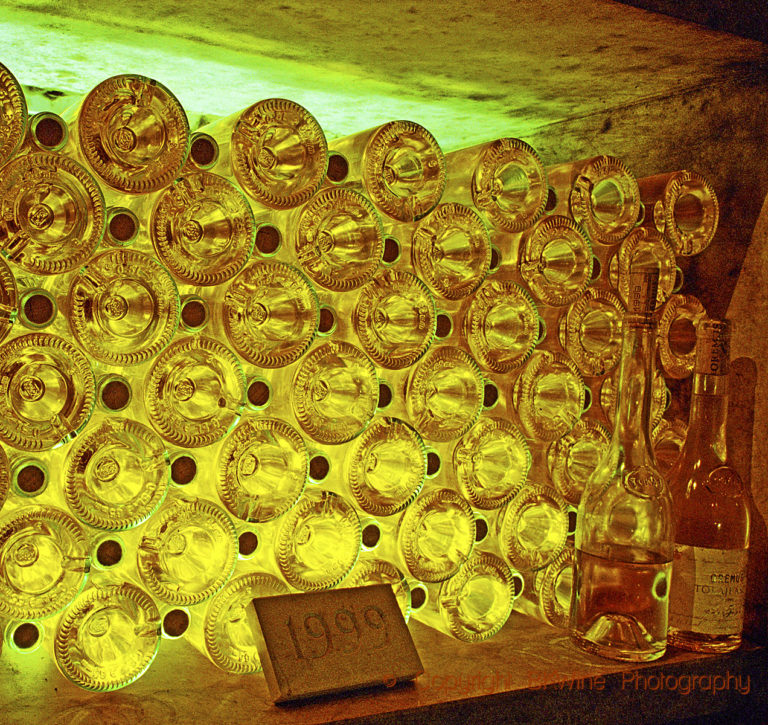Anniversary wines to drink in 2020
It is always a surprise to notice that you are coming to the end of a year – and of a decade – even if, as a fine wine merchant, you are expected to keep an eye on years (or vintages) that come and go.
If, like me, you are an English cricket fan, then 2019 was a very good year. The England cricket team won its first World Cup in 44 years of trying.
[Editor’s note: The article is written by Stuart George, who is the founder of Arden Fine and Rare Wines. Many of the links in this article point to the Arden website and web shop.]
Otherwise, the past year – and probably the past decade – will not be missed. The terrible events in New Zealand in March were followed later in the year by mass shootings in the USA. As 2019 drew to a close there was no end in sight for the protests in Hong Kong.
Brexit claimed its second Prime Ministerial resignation. Theresa May was replaced by Boris Johnson, who won a decisive election victory in December. Donald Trump ended 2019 as the third President to be impeached.
India’s lunar probe that crashed into the surface of the moon in September 2019 is a metaphor of the year: High hopes and big ambitions that ended up as rubble.
For the wine sector, the 25% “Trump Tariffs” imposed in October on French, Spanish, and German wines imported into the USA more or less stopped fine wine imports there and then. It’s helped to stimulate the secondary market but, on the whole, it’s bad for the sector.
In the light of such a challenging year, there’s never been a better time to enjoy anniversary wines with friends, family, and colleagues. Let’s look to 2020 with optimism that things can only get better – and see if the 2020 Earth depicted in Gerry Anderson’s 1980s puppet-laden sci-fi TV series Terrahawks matches the real thing (no sign of Zeroid robots yet…).
Holdin’ On, Ten Years Gone
Ten years on, the 2010 Bordeaux vintage is acclaimed as a modern classic. Released at the peak of the market in June 2011, prices for Bordeaux 2010 went into freefall over the next four years and have never recovered. Lafite was released at £1,000 per bottle. Today it can be found for £600 per bottle.
For 18-year-olds celebrating their first legal glass of wine, 2002 Bordeaux just about passes muster. The consensus is that these are underpowered wines and not of interest – Robert Parker didn’t even bother to taste the wines in barrel, which led to negligible interest for this vintage in the USA, even though they were priced (correctly) well below the 2001 and 2000 vintages. There has been some upturn over the last four or five years, though, which shows – vis-à-vis 2010 – that it’s not always prudent to throw money at the supposedly better vintages.
Much better stuff is to be found from Champagne, which excelled in 2002, and Burgundy, which had a fine year.
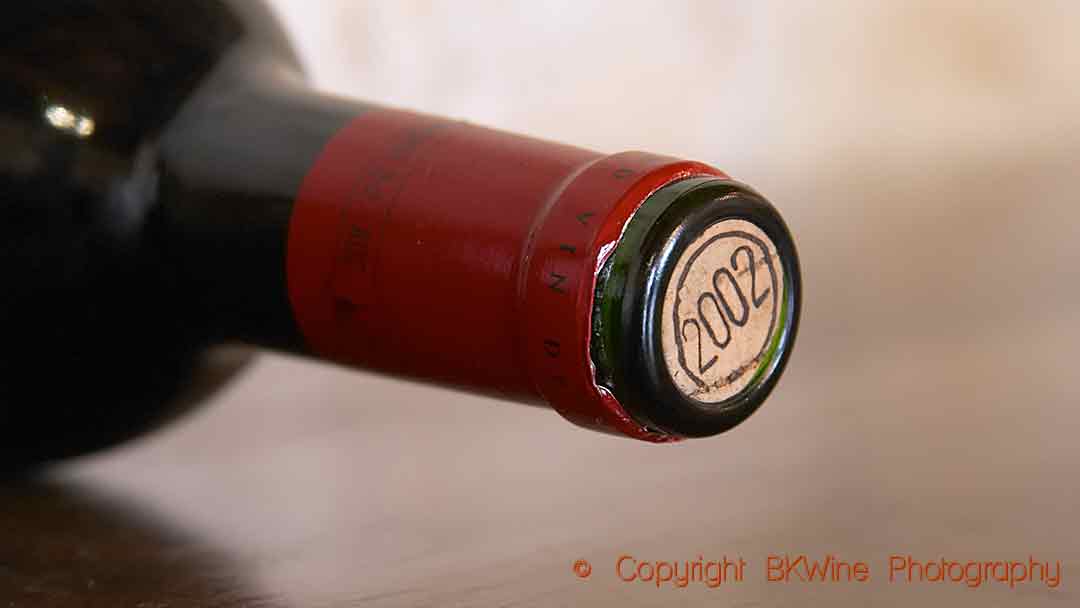
Millennium Falcons
The Millennium vintage was a great start to the 21st century (or should that be end of the 20th century?) for Bordeaux, with white Burgundy and the Rhône also making exceptional wines.
I was fortunate to do a comprehensive tasting in 2010 of 48 wines of the 2000 Bordeaux vintage. At that time a bottle each of these wines totalled over £16,000. The budget did not stretch to a butler to serve drinks so it was self-service and the guests could taste in their own time. This meant that some people (= me) had two glasses of Pétrus to ensure a proper assessment. Probably a lot of the wines were not spat, either. The consensus put Latour as the First Growth among equals, followed by Haut-Brion, Lafite, Cheval Blanc, and Pétrus. For me, Pétrus was the Millennium Falcon.
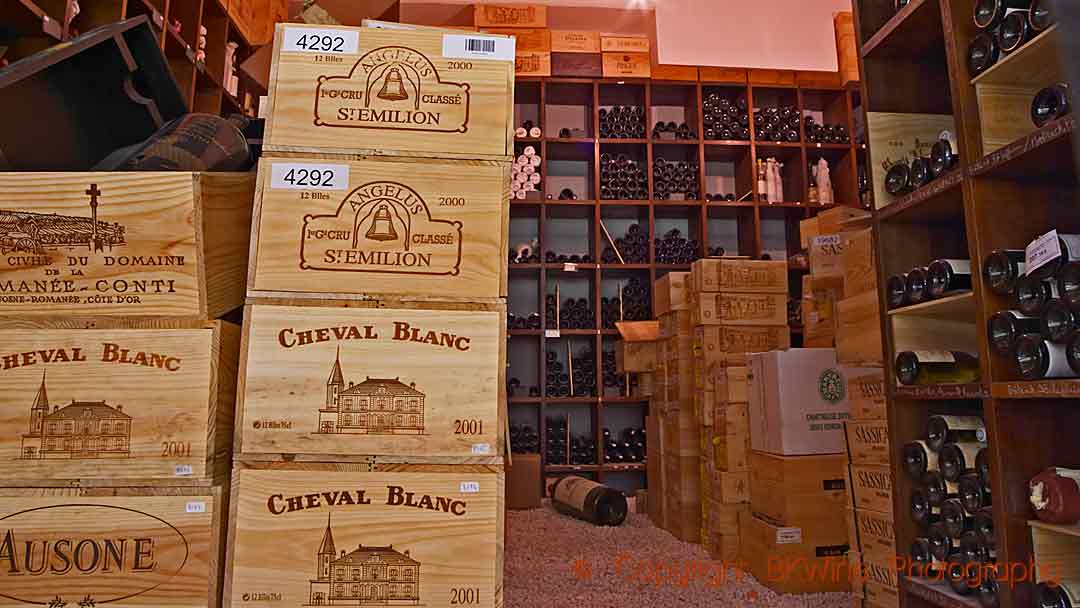
The overall standard was exceptionally high but two wines proved to be sore disappointments. Quite how Sociando-Mallet produced a green, unripe wine in a year that bathed in the atoms of the sun boggles the mind. An attack of millennium bugs in the vineyard, perhaps?
Second only to Pétrus in the price league, Le Pin polarised opinion. Some of my fellow tasters were in raptures about it but others – including me – felt that it was an oddball (it smelled of oranges!) and that it was not a good bottle.
With all that plush richness, some of the wines were as seductive as Lolita. But even the most moreish 2000s needed a bit longer, three to five years perhaps, to reach maturity. And once they did become responsible adults they will stay that way for a long time.
The Times’ former Chief Sports Writer Simon Barnes defined greatness as “the ability to seize a moment.” With few exceptions the Bordelais did that in 2000. Presented with the warmest and driest autumn since 1990, there was no excuse not to make something special.
Other 2000 wines tasted on my travels include an unctuous Klein Constantia Vin de Constance, made even more enjoyable by being paired with Michel Roux’s spice–crusted foie gras with onion marmalade at two-Michelin-starred Le Gavroche in London (just up the road from Arden’s offices); a lush Château Haut-Bailly tasted with Véronique Sanders at the Institute of Directors; and a reductive but opulently flavoured Dom Pérignon sampled in the company of DP’s chef de cave Richard Geoffroy.
Party like it’s 1999
For 21st anniversaries, the best choice is probably the richly-flavoured red burgundy made in 1999. When the wines were offered en primeur I was working at Burgundy specialist Haynes Hanson & Clark under the tutelage of Anthony Hanson MW. I purchased a case of Domaine Chandon de Briailles Pernand-Vergelesses 1er Cru Ile des Vergelesses (a daunting name for most of our monoglot clients), which Chandon de Briailles’ winemaker Claude de Nicolay said was the best she’d ever done from this vineyard. All long since gone, alas.
It was a good Burgundy vintage for white wines too but the dreaded “premox” – premature oxidation with a variety of possible causes (higher-yielding Chardonnay vine clones, vinification techniques, lower sulphur dioxide [SO2] levels, faulty corks… Who knows?) – makes sourcing (and serving) these wines a risk.
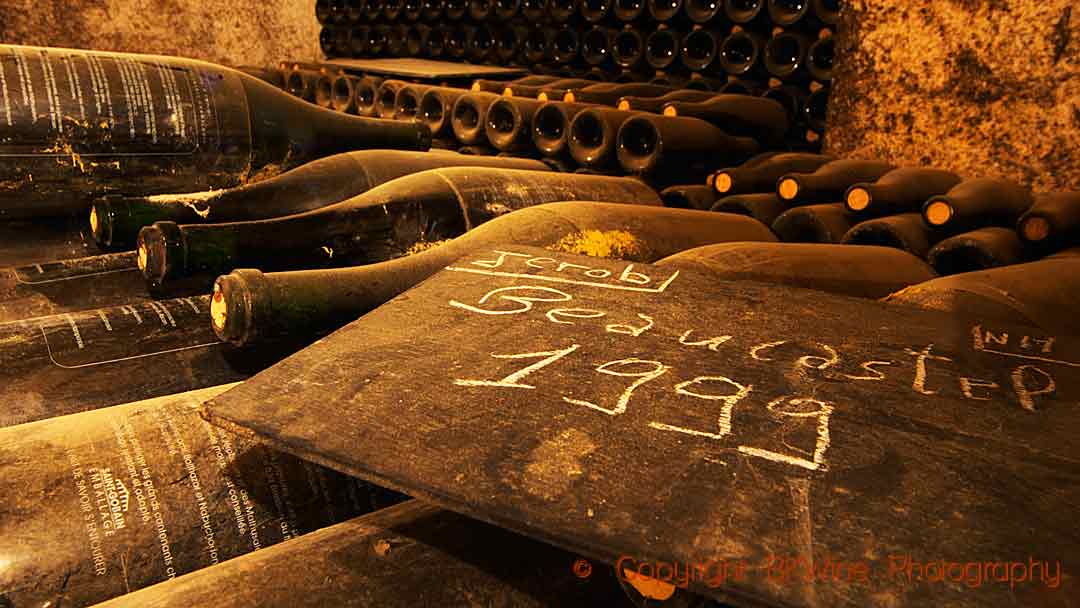
It was a better Bordeaux vintage than might be thought vis-à-vis the thunderstorm that dropped hail all over the region. Lafite 1999’s average Wine-Searcher score is 92, which makes it as good as the 1961 at nearly a third of the price.
Château Margaux 1999 was “undervalued”, believed the late Paul Pontallier, because of the great 2000 that followed. Tasted with him at an event in London a few years ago, the 1999 “is what Château Margaux stands for – balance, delicacy, softness and strength”, said Pontallier. Pavillon Rouge du Château Margaux 1999 was deliciously sweet and juicy.
A minty and peppery Château Angélus ’99 was tasted with the estate’s Président du Directoire Jean-Bernard Grenié, who spoke of the hailstorm that hit Saint-Émilion on 5th September 1999 – at 8pm, to be exact – and left 5cm of hailstones on the ground. Ausone, which is just 600 metres from Angélus, was completely unaffected – as good an argument for the climatic aspect of terroir as you will find.
Some excellent Champagne was made in 1999. Cristal ’99 was Jean–Baptiste Lecaillon’s first vintage in charge. Both 1996 and 1999 were ripe vintages and no chaptalisation was necessary. “The difference between them,” explained Lecaillon at a tasting in London some time ago, “is the acidity. 1999 is very low in acidity… (It’s) very soft, gentle and round.”
As an envoi to the 1999 vintage, the Szepsy Tokaji Esszencia rounds it off nicely. With only 2% alcohol, strictly speaking this is not wine at all, merely slightly alcoholic grape juice. With 500g/ltr of residual sugar – that is, 50% of the wine is pure sugar – it was painfully sweet but not at all cloying: The 16g/ltr of acidity compares to less than 1g/ltr for a white Burgundy. Astonishing stuff.
M25 London Circular
Bordeaux ’95 was the best year since 1990 and compares very favourably to that year vis-à-vis current value for 25th celebrations. Mr Parker of Maryland scored 1990 Lafite at 96 and the 1995 at 95. Current retail prices per bottle are £500+ for the 1995 and £600+ for the 1990, equating to a price difference of 20% for a one-point score difference.
Out and about in London, I noted 1995 Château Haut-Brion as a nice drink; a dense, velvety Château Margaux distinguished by its relatively high Merlot content; and – continuing the Merlot theme of the vintage – a full and generous Angélus, which contrasted to the more austere style of this Saint-Émilion estate in the 1980s and early 1990s.
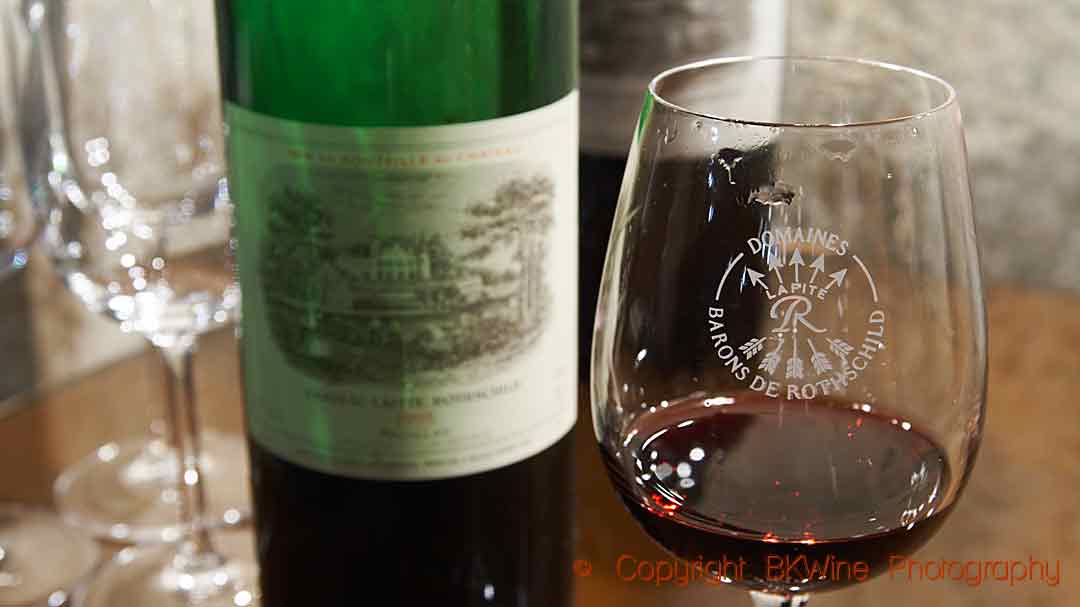
Of my notes on ’95 Champagnes, the best are for a peachy magnum of Moët & Chandon; a rich and concentrated Jacquesson Grand Vin Signature that might still be going strong; a wrinkle-free Charles Heidsieck Blanc des Millénaires that had spent ten years on its lees; and Krug Clos du Mesnil that impressed with its depth of flavour, complexity, and length.
Thirty Years’ War
Good news for wannabe United States Senators, who must be at least 30 years of age.
Just about every major European wine region made great wine in 1990.
As Véronique Sanders of Château Haut-Bailly said, “We never expected 1990 would have even better weather than 1989 but it did!” The 1990 Haut-Bailly was lush and decadent when last tasted. Also from Bordeaux, Angélus 1990 was the most glorious of “les trois glorieuses” – the three consecutive great vintages of 1988, 1989, and 1990 – and the year that L’Angélus became Angélus.
The brown patina of 1990 Château Cheval Blanc when last encountered was rather alarming, as were the aromas of figs, which are sometimes indicative of a wine that has reached its peak and might slide into decrepitude. However, there was enough spicy cedarwood to allay those fears, though gamey and truffle notes were also evident. The 1989 Cheval Blanc is better value, I think.
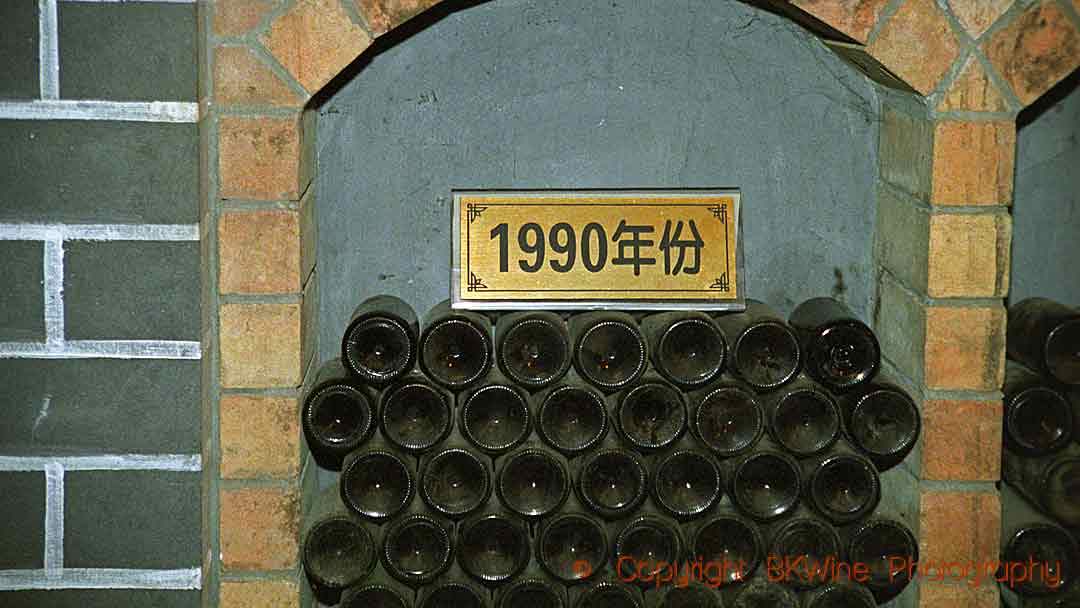
I have few notes on Burgundies of the 1990 vintage, though Domaine Faiveley’s Corton Clos des Cortons was finely structured on the palate, with silky tannins and crisply refreshing acidity.
Paul Jaboulet Aîné’s Hermitage La Chapelle 1990 was very impressive in a La Chapelle line-up that went back to the 1960s, overwhelming wines from lesser years either side of it.
Champagnes enjoyed from 1990 include an immaculate magnum of Moët & Chandon, of which Moet’s chef de caves Benoît Gouez said, “everything is in the right place”. I agreed. Pommery Cuvée Louise 1990 tasted from magnum had lovely, glowing length.
Some Penfolds wines from 1990 have also been enjoyed with Penfolds’ Chief Winemaker Peter Gago. The Bin 90A Coonawarra Cabernet Sauvignon-Barossa Valley Shiraz was an old vine Aussie larrikin and Bin 920 Coonawarra Cabernet Sauvignon-Shiraz a good example of Coonawarra leanness.
Life begins at forty… and fifty
The 1980s had a poor start to the decade, though Vintage Port and California are worth a go. Hermitage La Chapelle 1980 was dry and tannic and not very likeable. Fifty-year-olds can enjoy very good clarets from the 1970 vintage. In November 2019 a bottle of the 5th Growth Château Lynch-Moussas 1970 that I drank with friends turned out be a pleasant surprise.
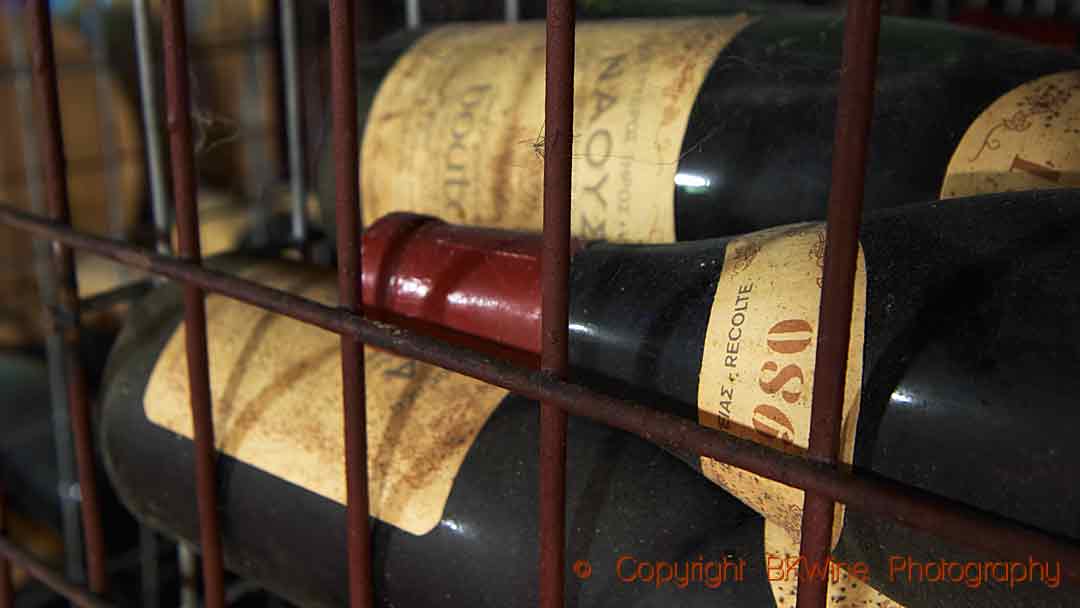
It came from a private cellar in London SE19, having been given to the owner as a birthday present 40 years ago. The bottle was generally in good condition for its age. The cork was intact but had to be pushed into the bottle to prevent damage. This suggested overly-warm and dry storage over the last 40 years. Despite this, the wine was in excellent condition: Not excessively oxidative and a nice example of a mature, cedary claret. It proved that a wine from a moderate vintage and (as Lynch-Moussas was in 1970) a period when the estate was semi-dilapidated – and with a far from perfect cork – can be a thoroughly enjoyable fine wine experience.
Haut-Bailly 1970 was a lovely old wine but undistinguished. I adore old Rioja – when it’s good, anyway – so the part-maderised 1970 CVNE Imperial Gran Reserva and 1970 CVNE Viña Real Gran Reserva were disappointing. The latter wine was, in the word(s) of my friend and fellow taster Bill Baker (1954–2008), ‘knackered’.
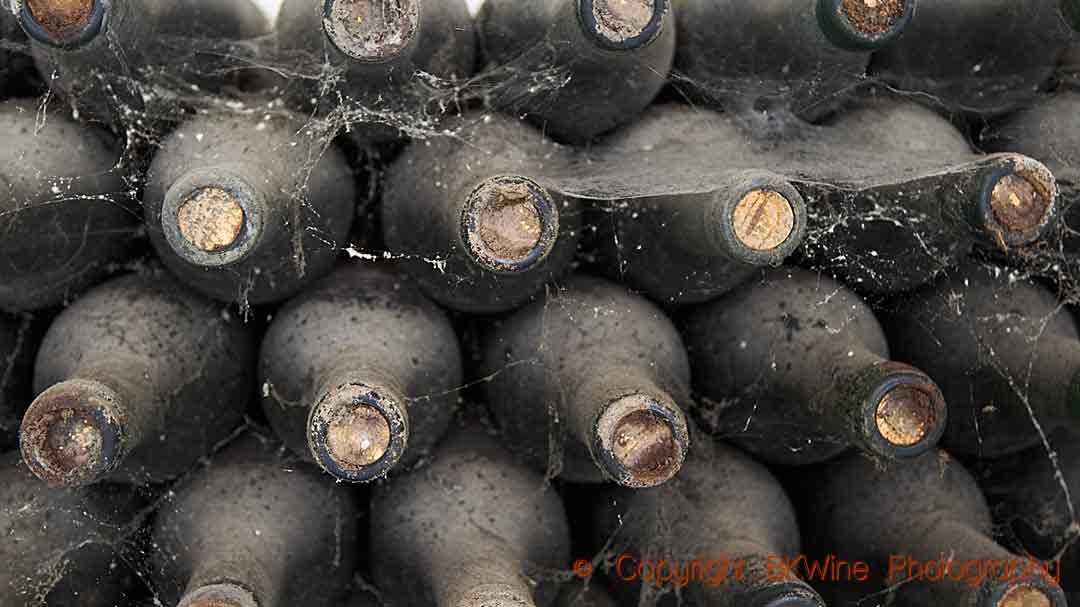
A much better time was had elsewhere with Hermitage La Chapelle 1970. Although nowhere near the density of the 1989, it was impressively plump and rounded, like the figures in Peter Paul Rubens’ (1577–1640) paintings. A good La Chapelle, I thought.
Elsewhere, 50th anniversary fine wine fun might be had with 1970 Sauternes; Biondi-Santi’s Brunello di Montalcino; the very highly-regarded Giacomo Conterno Barolo Monfortino Riserva; Chateau Musar; Vintage Port; Champagne; and California.
0-60… 70-80-90
Coming after the great 1959 Bordeaux vintage, 1960 was underwhelming. However, Vega Sicilia and Vintage Port of this vintage are well worth a look. My only note on a 1960 wine is of Wynn’s Coonawarra Estate, tasted with Wynn’s chief winemaker Sue Hodder at a London tasting of 50 years of Cabernet Sauvignon from the estate. Very good it was, too: Fresh, supple, complex, and still with very good length.
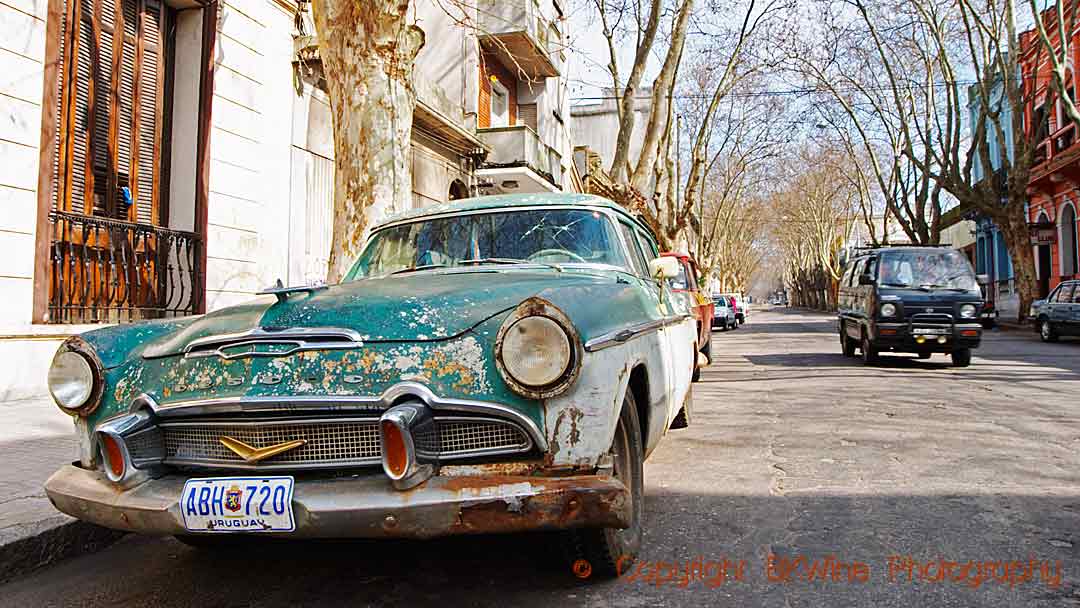
Pomerol had the edge over the Médoc in 1950, which was a difficult year for Bordeaux and Burgundy after the fabulous 1949.
Arden Fine Wines sold a lovely half-bottle of 1940 Château Margaux in December 2019. It came from the personal cellar of John Avery MW (1941–2012). But for wartime restrictions 1940 might have been a very good year. It was interesting to note the dark green glass half-bottle that had somehow been shipped to England in (I suppose) 1942 or 1943. By 1942 a lot, if not, all Bordeaux wines were being bottled in clear or pale glass because of the wartime shortage of chromium, which gives glass a deeper green colour. Chromium was used – with iron – to make stainless steel rather than wine bottles, so wartime bottles are pale-coloured.
Bad luck for 90-year-olds in 2020. So terrible was 1930 in Bordeaux that no Yquem was made.
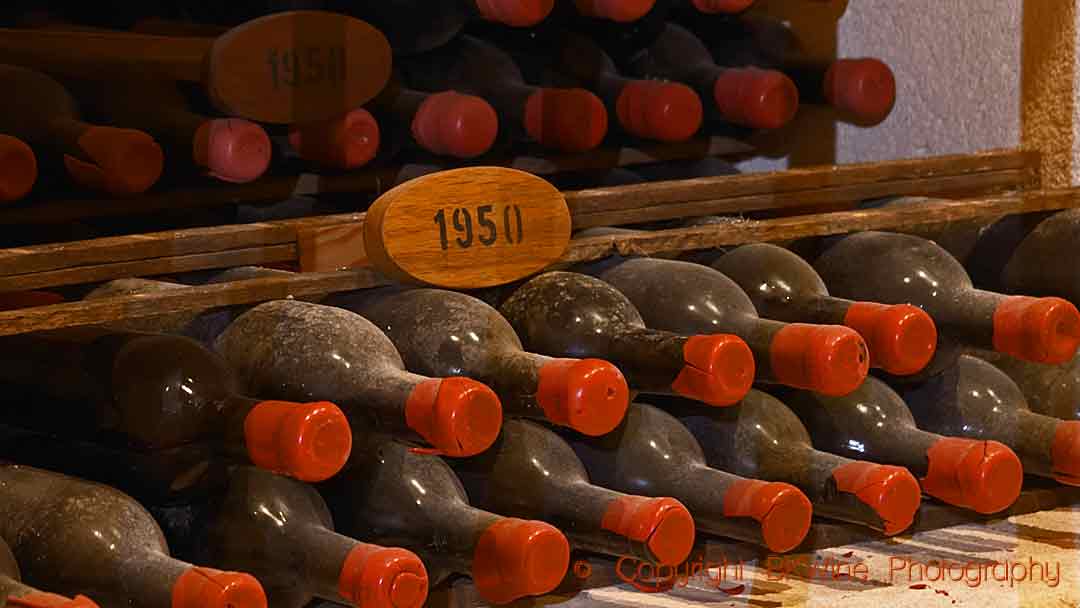
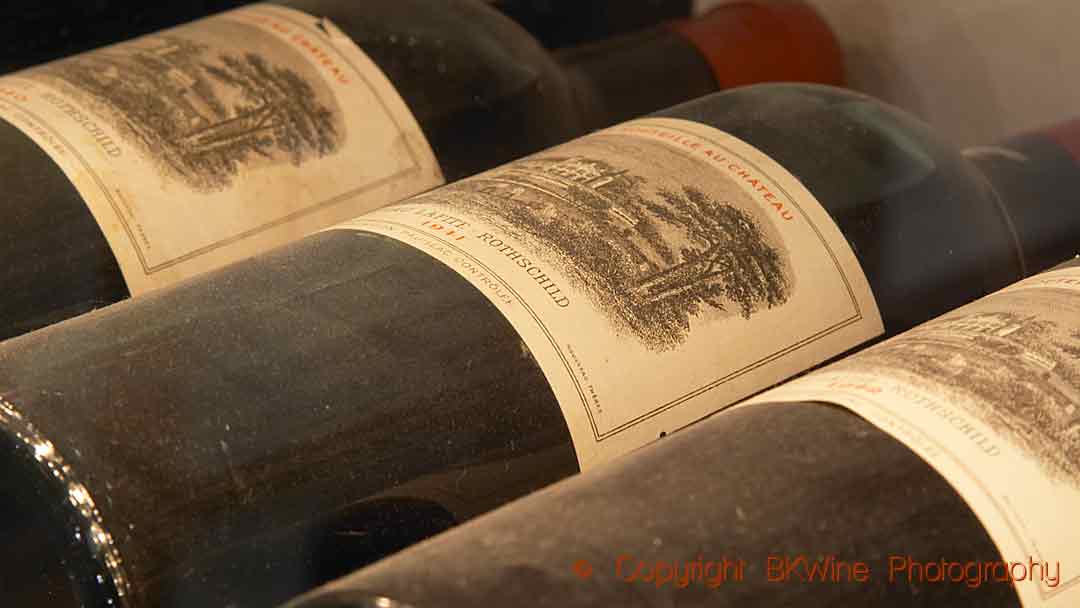
100 points + 50
Centurions can enjoy a great red Bordeaux vintage. Sauternes was good in 1920 but not at the level of 1921. Fine Burgundy was produced at the start of a magnificent decade for the region. Champagne, Germany, and Port were all good.
One of the great pre-Phylloxera vintages was in 1870, which was particularly good for red Bordeaux but not quite as good for Sauternes. It was also a fine year for Champagne and Port.
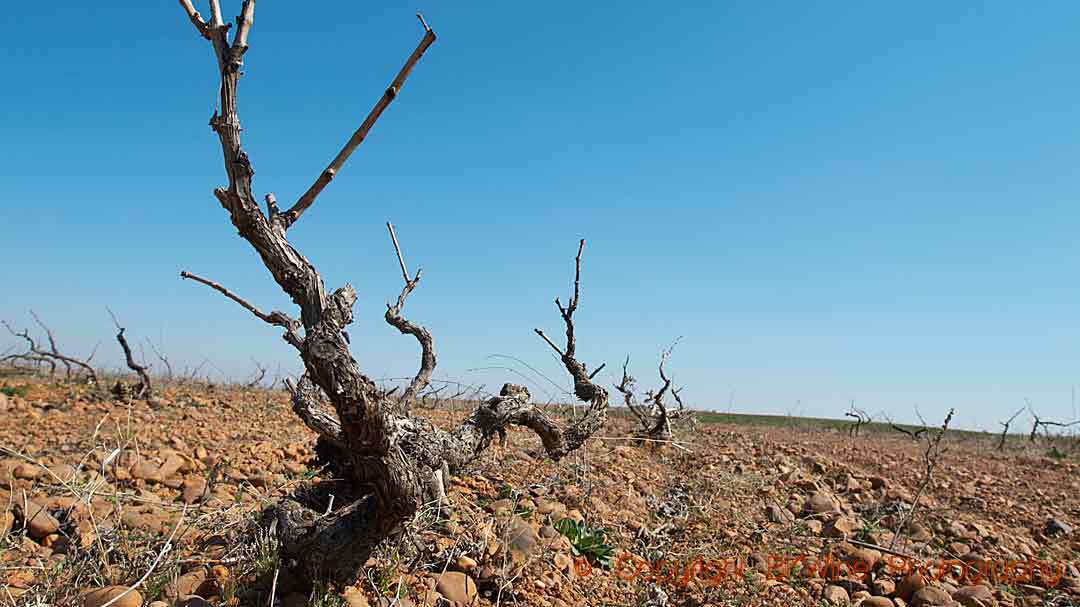
200 OK
The Victorian author Anthony Trollope (1815–1882) was an enthusiast of 1820 Port, which is referred to in several of his novels. This great Port vintage came at a time when not all Port wines were fortified. Taylor’s Port claims that 1820 “produced Ports so magnificent that subsequent vintages could not approach their richness and power unless they were fortified. In any event, fortification had become widespread by the 1840s and by 1850 was probably universal.” No wonder then that Trollope was so intoxicated (in every sense) by 1820 Ports, made only five years after he was born and – as implied in his novels – still wonderful wines in the 1860s.
In a Proustian scene of reminiscence in The Last Chronicle of Barset (1867), Archdeacon Theophilus Grantly shares his last bottle of 1820 Port with Septimus Harding: “’There’s one glass more, and you shall have it, sir.’ Then Mr. Harding drank the last glass of the 1820 Port, and they went into the drawing-room… That evening after dinner, there was no 1820 Port, and no recollections of old days.”
Later in the novel, Dobbs Broughton is introduced as a flashy parvenu who is hoovering up top vintages of Bordeaux: “‘Old Ramsby, who keeps as good a stock of stuff as any wine-merchant in London, gave me a hint, three or four years ago, that he’d a lot of tidy Bordeaux. It’s ’47, you know. He had ninety dozen, and I took it all.’” Broughton’s ninety-dozen cases of 1847 (a great Bordeaux vintage for red and white wines, with Yquem an enduring legend) contrasts to Archdeacon Grantly’s last bottle of 1820 Port: Younger, newer money against older and declining wealth during a period of social change.
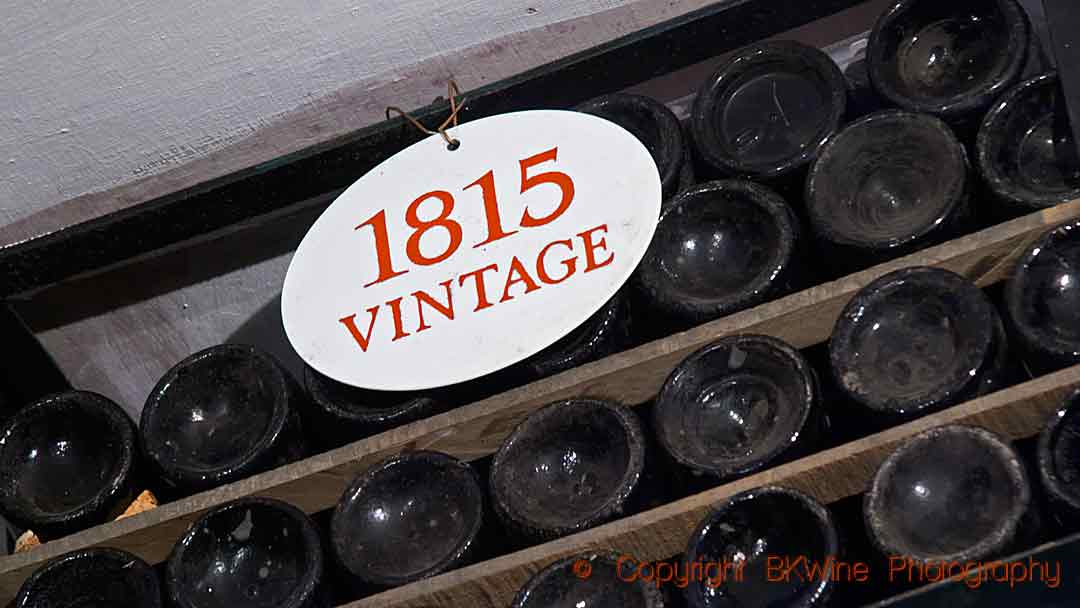
Another example of Trollope’s great knowledge of wine – and of how the world works, then and now – is in his 1865 novel The Belton Estate: “Wine is valued by its price, not its flavour.”
A century and a half later and nothing has changed.
My conclusion is that life is less about winning prizes (though I was honoured by the 2019 Scuderia Ferrari Wine Award) and more about being there to find out how the story ends – and that good wine and good company makes it all worthwhile.
Stuart George is Founder & Managing Director of Arden Fine Wines, the Mayfair-based specialist in fine and rare wines. Stuart was awarded the 2019 Scuderia Ferrari Wine Award for “outstanding professional achievements”.



